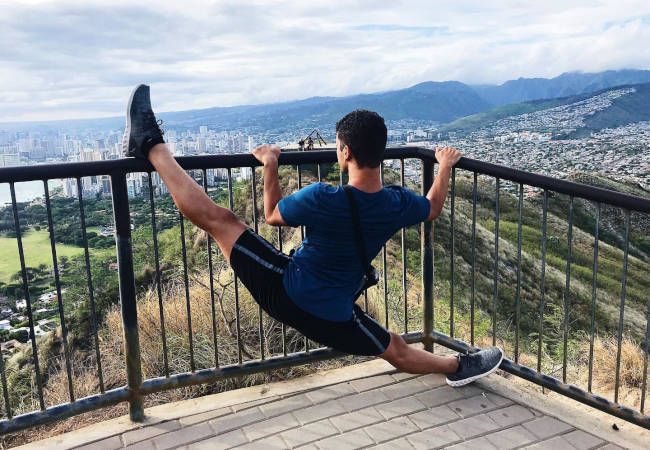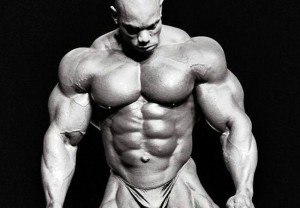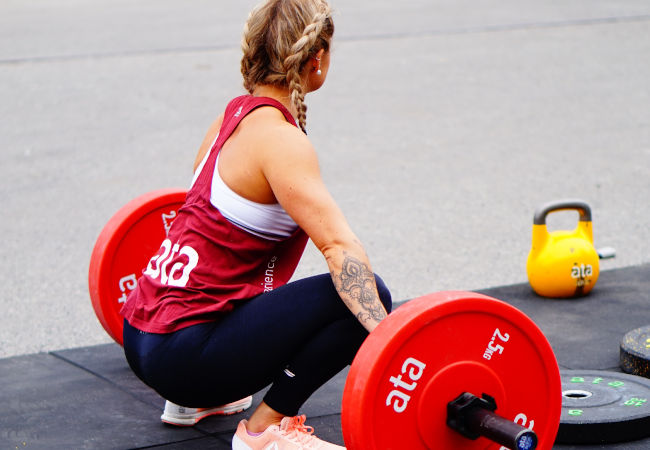One in four adults in the United States are diagnosed with at least one disability. Although staying fit with a disability can be more of a challenge, it’s certainly possible. Adapted exercises can be tailored to suit your unique needs and abilities to help you get fit and stay active for life. Below are a couple of simple movements that one could do to start with, and should help with slowly progressing to other more advanced exercises. Having someone to assist you with the exercises would also be of a great help.
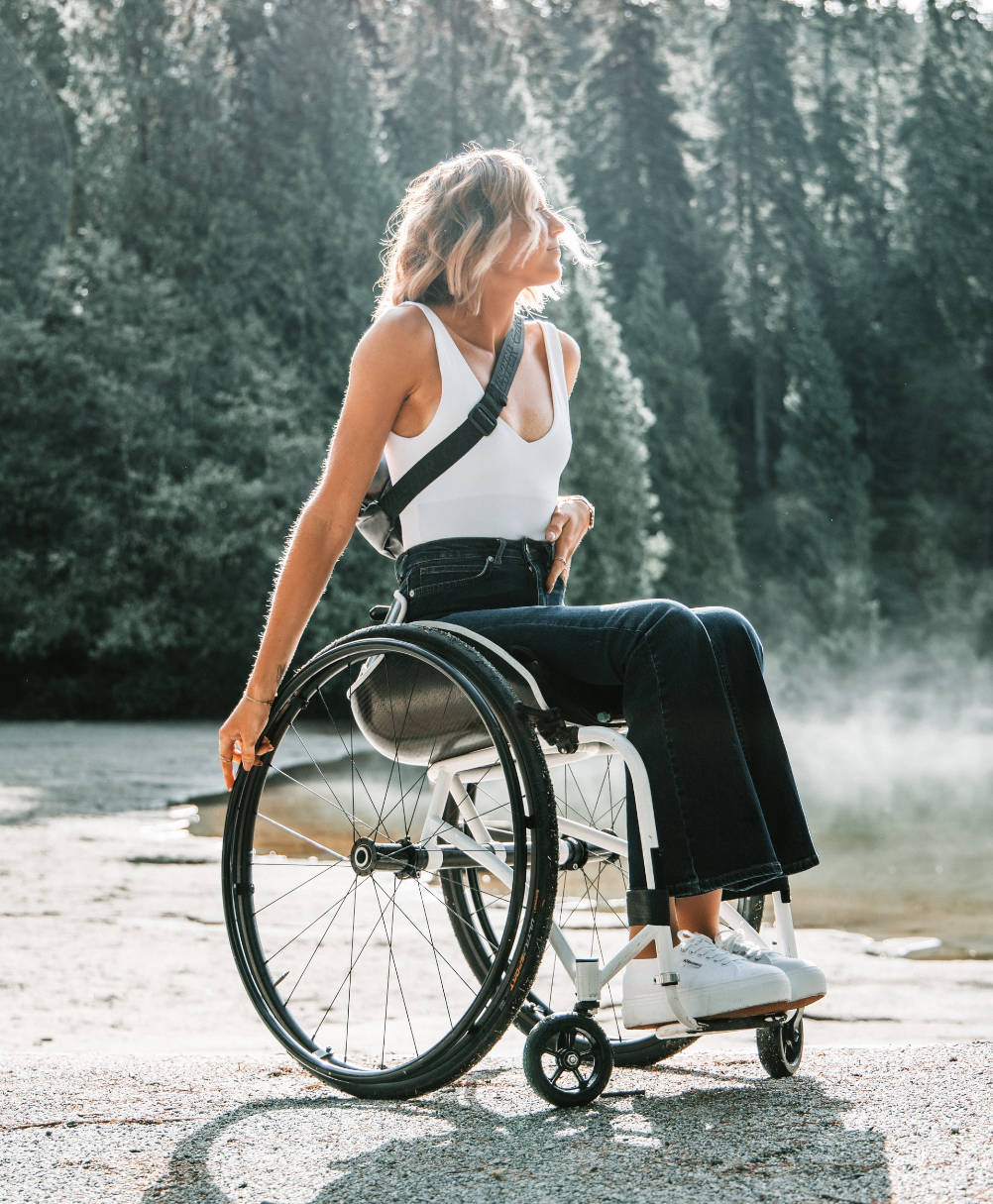
Sit to stand
If you have some mobility in your lower body, sit to stand can help strengthen your legs. Start by sitting in a chair with your feet flat on the floor. Tilt your upper body slightly and push through your legs until you’re upright in a standing position. You may need to use your hands on your knees or a grab rail to help push yourself up. Then slowly sit back down and repeat.
Sit and walk
Once you’ve mastered sit to stand, sit and walk is a great progression. Not only does this exercise help strengthen your legs, but the walking element helps you practice walking. Again, you’ll need a decent degree of mobility in your lower body to perform this exercise. Begin by placing two chairs facing each other several meters apart. Sit down in one of the chairs and repeat the sit to stand move. Once you’re standing, walk across to the second chair, turn, and sit down. You can then repeat the exercise as many times as you wish.
If you need some extra help to perform sit and walk, you can start out with crutches or a partner. You’ll naturally get better at the move over time until you’re able to perform it with minimal or no assistance. You can also move the chairs closer together or further apart to suit your needs and abilities.
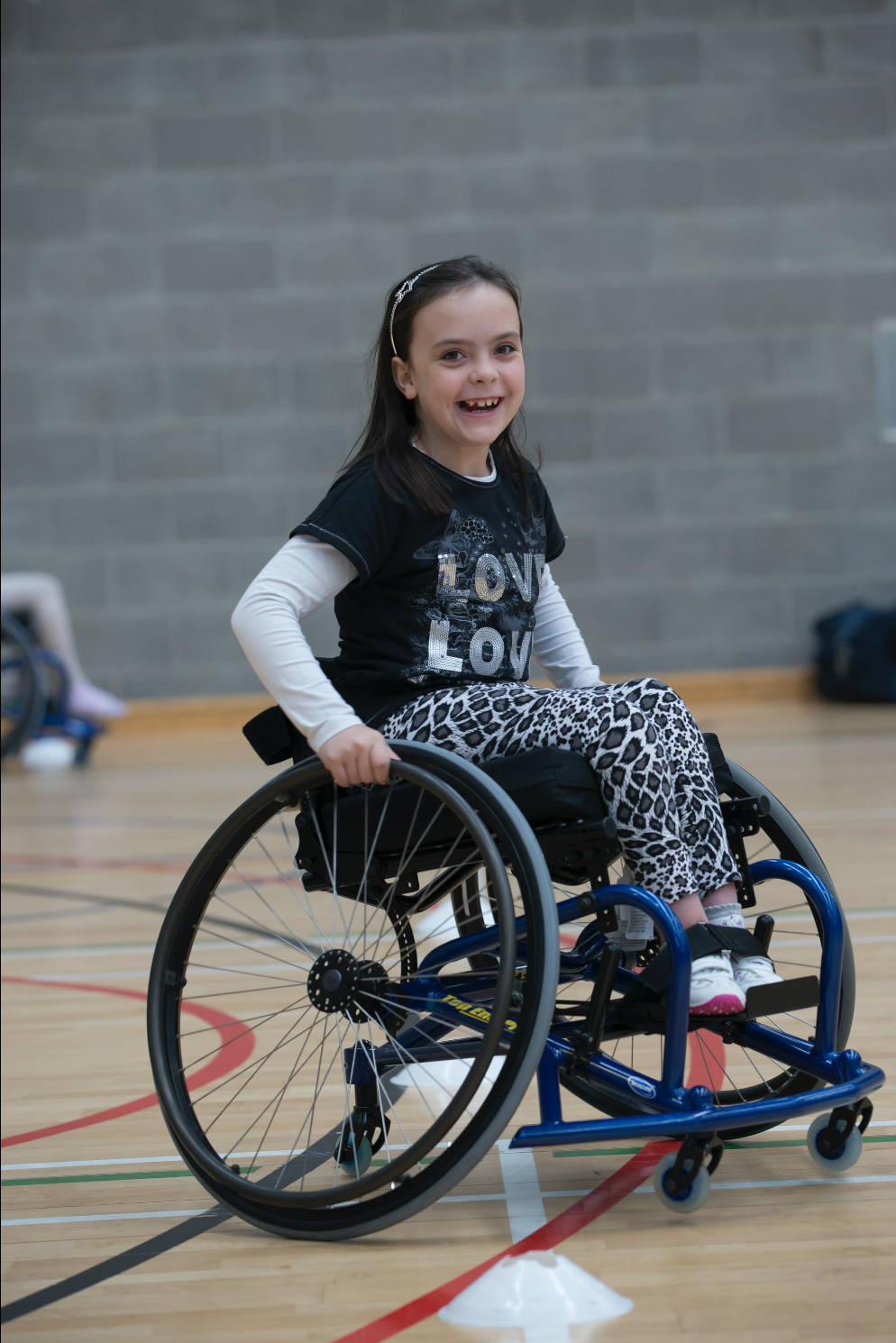
Seated back extension
Strengthening your back is important to improve posture and support your spine. If you use a wheelchair (or are otherwise unable to get down onto the ground), a seated back extension can be a great exercise for strengthening this part of your body. So, begin by sitting in your wheelchair or chair and slowly bend down from the waist. Once you’ve gotten down as far as you can go comfortably, slowly bring yourself back to an upright position. If you need extra help, press your hands onto your thighs.
This type of exercise is great for people with limited mobility, however alternative and complementary therapies may also be successfully used in addition. For example, certain cerebral palsy therapies, including equine-assisted therapy (hippotherapy), can benefit people with cerebral palsy, a common movement disorder.
Seated knee raises
If you have a decent degree of mobility in your legs, a seated knee raise is an effective exercise to increase hip flexor strength and mobility. A group of muscles in your upper thighs, your hip flexors play a key role in lower body movement, including walking and bending. So, to perform a seated knee raise, start in a seated position and lift one knee, so your foot is at least a few inches above the floor. Gradually lower your knee and repeat several times. If you’re not able to get your foot entirely off the ground, that’s okay. Try engaging your calf muscle to flex your ankle to give you some extra power (however, it’s important not to rely on your calf to do all the work; you’re aiming to strengthen your hip flexors). After finishing a set on one side, repeat the seated knee raise exercise with your other leg.
Reverse crunches
Strong core muscles can improve overall mobility and help you perform daily activities. If you have some control over your ab muscles, but not enough strength to do regular crunches or sit ups, a reverse crunch is a great alternative.
Start by sitting on the ground with your knees bent at 90 degrees. Slowly lower down your upper body until you’re lying flat on the ground. Try and focus on rolling down slowly one vertebrae at a time. Return to the original seated position and repeat the crunch.
Seated shoulder press
If you have mobility in your upper body, along with a degree of grip strength, seated shoulder presses are a great exercise for building strength in your shoulders. Strong shoulders are important for making most daily arm movements easier, including overhead lifting.
To perform this move, you’ll need a pair of light weights. If, however, you find the exercise too challenging with weights, feel free to do it with no weights at all. Start by sitting upright in a chair and holding a weight in either hand. Lift up the weights to either side of your head with your palms facing forward. Raise the weights up above your head until your arms are fully extended (be sure to keep your palms facing forward). Safely and slowly bring the weights back down back to the sides of your head. You can then repeat this move.
Seated tricep dips
If you have a fair amount of strength in your upper body, seated tricep dips can help you get stronger triceps, shoulders, and chest. Not only will strengthening these muscles help you to perform everyday activities, but you’ll also have an easier time transferring in and out of your wheelchair as a result.
To perform a seated tricep dip, start by sitting upright in a chair (or your wheelchair). Place your hands in direct alignment with your shoulders on the armrests. Push yourself up, so your arms are fully extended. Then gradually lower back down into your original seating position. If you need some assistance, you can use your legs to give you some extra power until you develop enough arm strength.
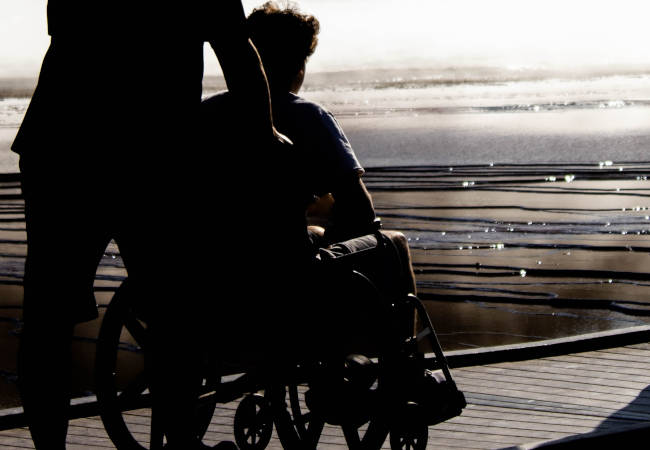
Living a fit life
With the right adapted exercises, people with disabilities can live a fit and healthy lifestyle. Sit to stand, sit and walk, seated back extensions, seated knee raises, reverse crunches, seated shoulder presses, and seated tricep dips are some simple exercises people with disabilities can do to improve mobility and stay active. Something to remember is to look into eating the right things to support your healthy lifestyle.
It will take a lot of motivation, discipline and focus to stay consistent, but remember what may seem like slow or small progress at the time is in fact a massive step in the right direction! Being consistent with the exercises is a great accomplishment in itself and you will certainly reap the benefits later on.








